To celebrate the 40th anniversary of the Nintendo Entertainment System (NES) in the U.S., the Video Game History Foundation hosted a discussion with three of the key executives behind the big 1985 launch in the U.S. Among the interesting stories told, we were tickled to hear that, in some alternate future reality, the NES might have ended up looking like an Atari 2600 — complete with a wood veneer finish and top switches.
We Launched the NES 40 Years Ago Today - Gail Tilden, Lance Barr, Bruce Lowry - PRGE 2025 Portland - YouTube

The above panel discussion, headlined “We Launched the NES 40 Years Ago Today,” was recorded at the Portland Retro Gaming Expo 2025.
The panel included Frank Cifaldi, the Founder and Director of the Video Game History Foundation, and three former Nintendo of America employees. In 1985, Bruce Lowry was VP of Sales, Gail Tilden was the marketing communications manager, and Lance Barr was a product designer involved in preparing the NES and the Zapper for the U.S. market.
Many video gaming enthusiasts will already be aware that the NES was a version of the Famicom (Family Computer) that Nintendo marketed in Japan since 1983. However, the North American hardware came with a distinctly different design from the Japanese console, which shared the same MOS 6502-powered 8-bit guts.
Straight off the bat, the panel highlighted their dislike of the Japanese Famicom design and explained how it had to be different in the U.S., with the industry still reeling from the Video Game Crash of 1983. Launching into this market might have seemed foolhardy at the time, with both retailers and consumers skeptical of ‘new’ video game systems. Thus, it was important for Nintendo to do its utmost to give the NES a fighting chance in North America.
The post Video Game Crash of 1983 environment
The panel started by discussing why the Japanese design wasn’t simply brought to the American market, as it was, despite their dislike for the outward appearance.
Barr was first to step up to answer this, and without hesitation opined that “I thought it was awful.” The American product designer said the color scheme wasn’t to his liking, nor was the cartridge door mechanism, which he called “weird.” Even the gold metal section atop the controllers drew criticism for looking like it was made from “leftover beer cans” from recycling.
Underlining the design as an ‘Entertainment System’
Lowry also damned the original Famicom’s design, dismissing it as “a cheap toy.” But moving to more reasoned, constructive ideas, the ex-VP of Sales said he wanted to steer the design of the American version of the console to fit more closely with the home Hi-Fi and VCR aesthetic of the era. What would eventually become the Nintendo ‘Control Deck’ would fit better with the intended price point, Lowry also hinted.
Wood isn’t good, and gun issues, “rats, snakes, and toxic waste”
Barr said that before he got started with the NES design, he was handed quite a few alternative plans and ideas from various agencies; we assume Nintendo had previously paid to do some groundwork.
One design clearly irked Barr. “So, guess what? It had fake wood grain, and it was kind of boxy and switches were on the top.” Nevertheless, he had to work with one of those design alternatives. Of course, the Hi-Fi / VCR / home entertainment concept was the one that eventually got the green light.
Please watch more of the lengthy embedded Portland Retro Gaming Expo video to learn about the decisions regarding the NES launch titles, the reason the light gun was named the Zapper, some “dumb” NES peripherals you may never have heard of, “rats, snakes, and toxic waste” in the warehouses, and the panelists’ thoughts on the legacy of the NES.
Video game industry rebounds to greatness
The design and the NES became a resounding success, revitalizing the wounded video games industry. As moderator Cifaldi would underline to the panel, “This machine did not just survive, it dominated, and it fundamentally changed what entertainment meant.”
Thus, the groundwork has been put in for the 8-bit rival, the Sega Master System, as well as 16-bit successors like the SNES and Sega Genesis. This market has forged ahead strongly ever since, with the video game industry beginning to eclipse the movie business in revenue from the early 2010s. By the end of the decade, video games would be bigger than movies and music combined.

Follow Tom's Hardware on Google News, or add us as a preferred source, to get our latest news, analysis, & reviews in your feeds.

 4 hours ago
8
4 hours ago
8


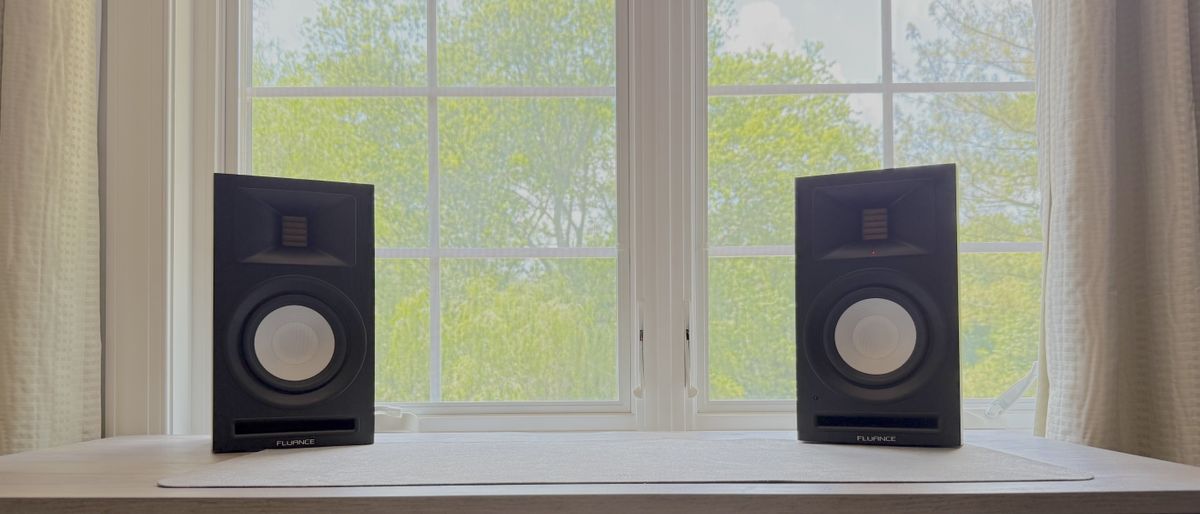
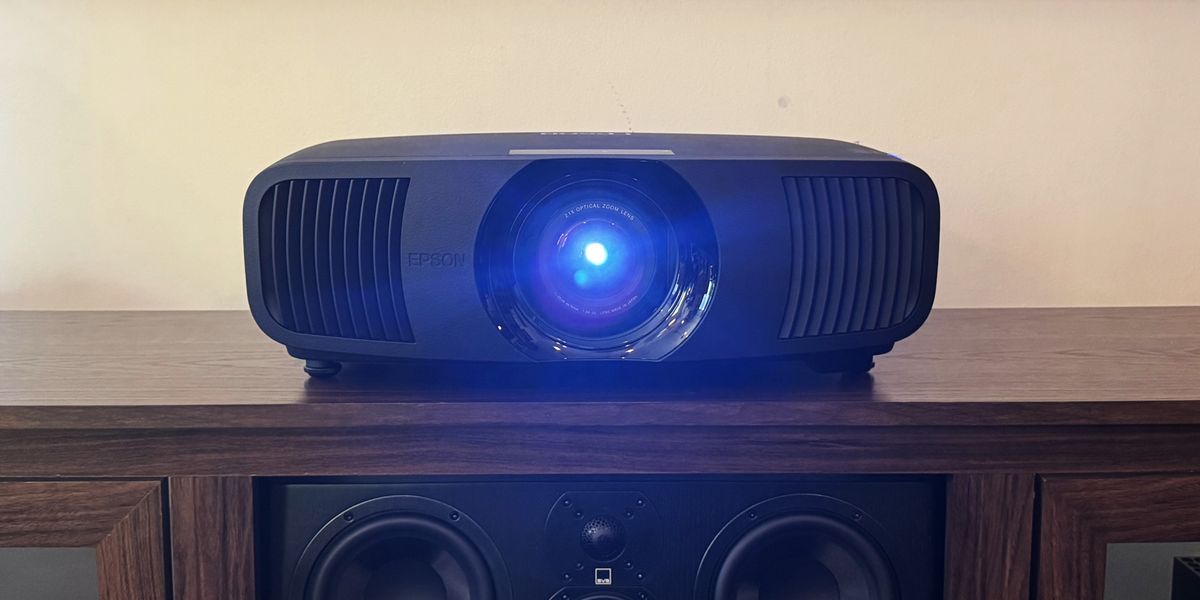
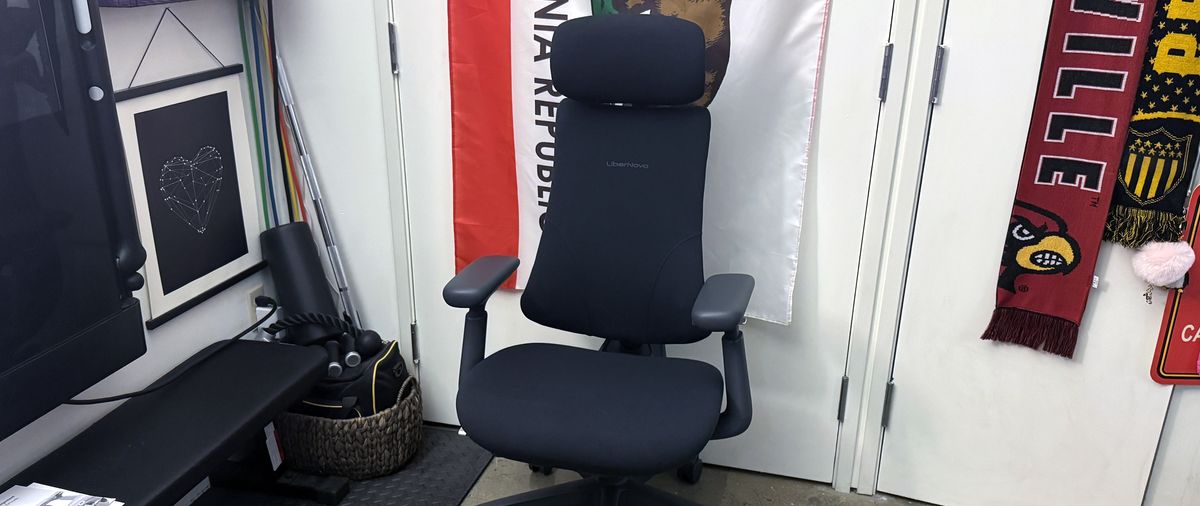

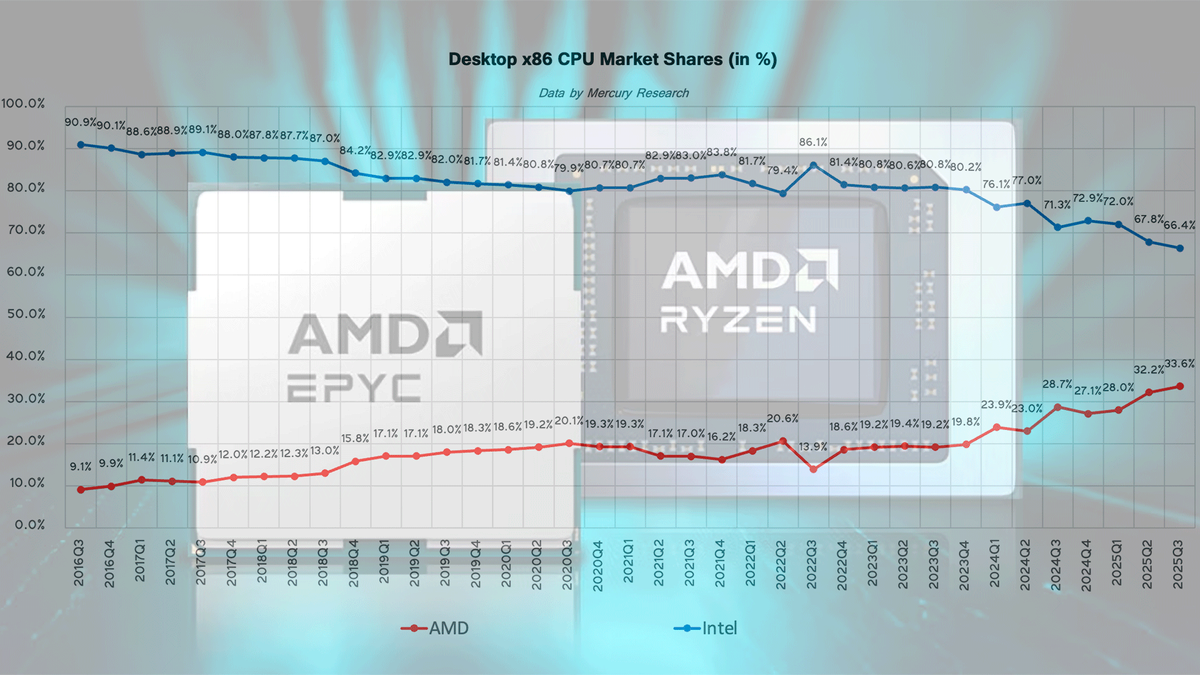
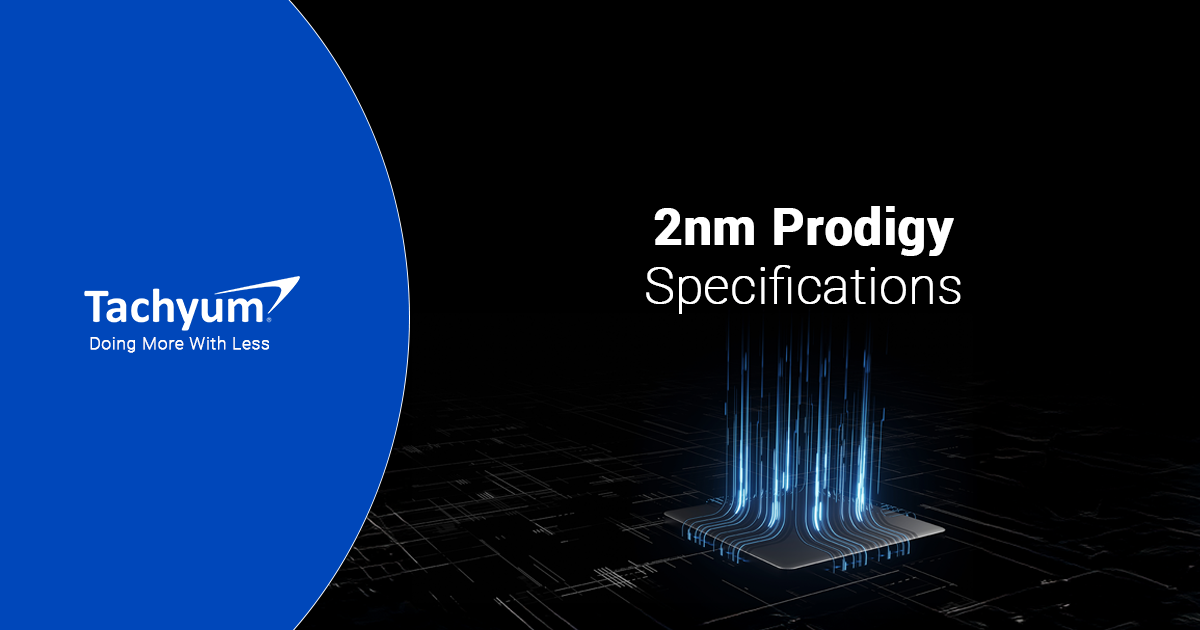
 English (US) ·
English (US) ·